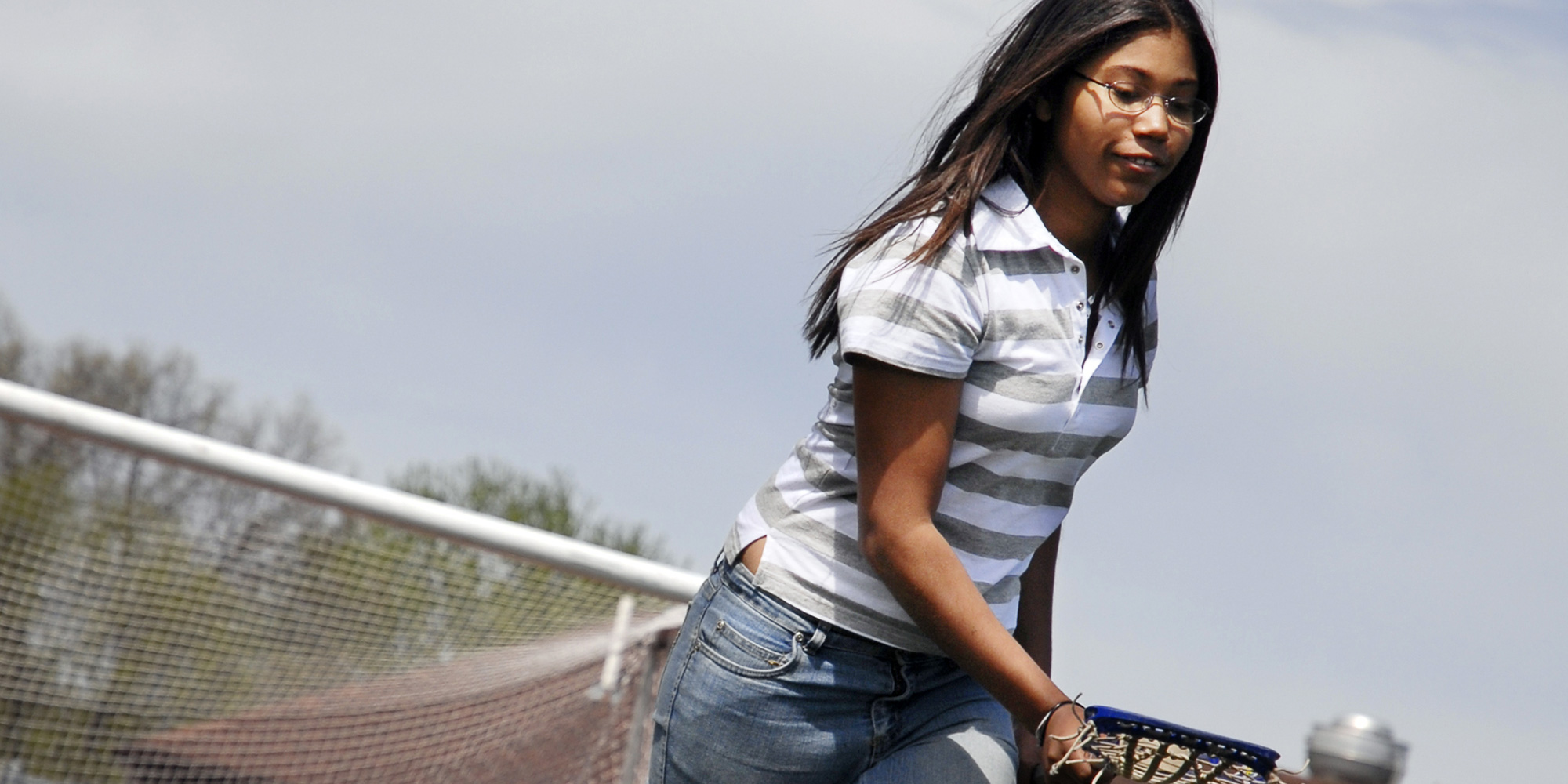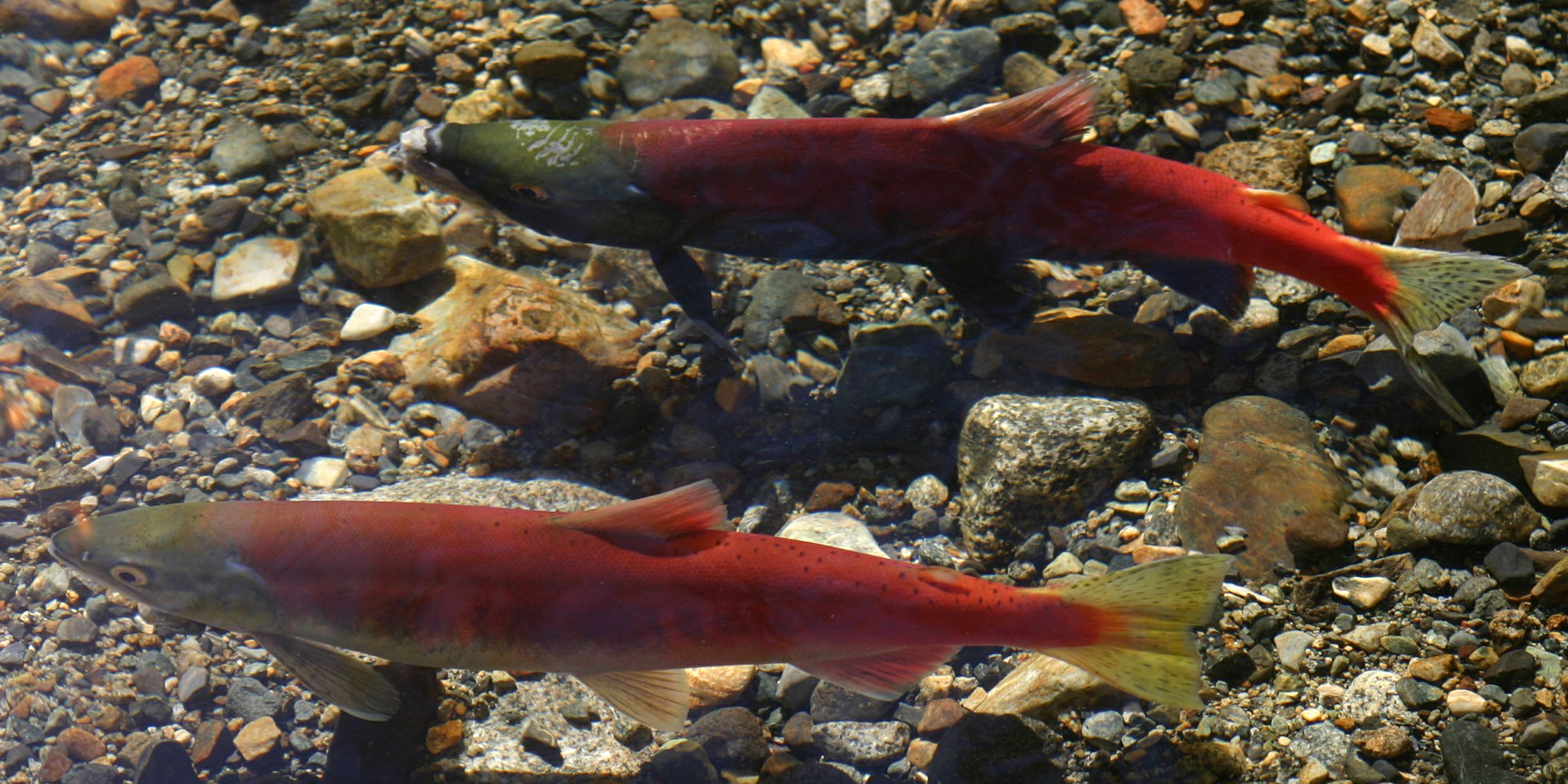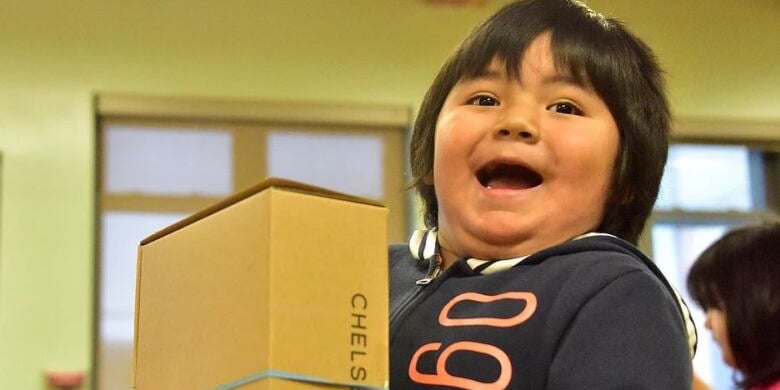Making Science Relevant to Indigenous Students
If only we could understand how students make sense of their natural world, we could design a science curriculum so that science makes sense to all...

The pedagogical challenge of Canadian education is not just reducing the distance between Eurocentric thinking and Aboriginal ways of knowing, but engaging decolonized minds and hearts. [1]
This is an interesting junction in Canadian history as non-Indigenous Canadians wake up to the harsh reality of the residential schools, as shown by the Truth and Reconciliation Commission (TRC) report. This new awareness could well be the catalyst for real, fundamental change, and where more effective than in the classroom?
Teachers (and school districts) with Indigenous students have the opportunity to provide transformative change, not just in the Indigenous students, but in the entire student body and the families of the student body. The ripple effect will eventually reach out into the community and beyond.
Many Indigenous students are still suffering from the intergenerational impact of residential schools, and come from communities still suffering from the intergeneration impact of colonialism. Educators should all be aware that the home life of Indigenous students can be very different from that of students from more mainstream families. The worldviews, home language, protocols, and life experiences of Indigenous students – even of the very youngest – are not left at the door when they enter the school.
Some, not all, Indigenous communities continue to struggle with high levels of poverty, substance abuse, and violence so educators should also realize that this plays a huge role in the self-esteem of an Indigenous student. But, they should also realize that this is not the experience of every Indigenous student.
Here are some tips and strategies for teachers and school districts:
Since the TRC recommendations were released on June 2, 2015, we have already seen positive steps taken by teachers, organizations, school districts and provincial governments.
Canadian Teachers' Federation is currently working with four national Indigenous organizations in the pursuit of quality education for all. The Truth and Reconciliation Commission of Canada, the National Centre for Truth and Reconciliation, the Assembly of First Nations and the Inuit Tapiriit Kanatami are joining with CTF on two educational resource projects. [3]
In BC, the First Nations Education Steering Committee and the Ministry of Education signed a protocol agreement that included, among other positive actions “one professional development day for teachers next year will be focused on improving Aboriginal student learning." This is the first time Indigenous education will be the sole area of focus for professional development across the province and will help educators incorporate Indigenous content and perspectives into their classrooms. [4]
There are other examples but these are just two that caught our attention. If education is your area of interest, here’s another article you might find of value: Tips for Teachers of Aboriginal Students.
[1] Battiste, M. (2002) Indigenous Knowledge and Pedagogy in First Nations Education A Literature Review with Recommendations, Assembly of First Nations
[2] Aboriginal Perspectives on Teaching and Learning
[3] Canadian Teachers’ Foundation press release
[4] BC Ministry of Education website
Featured photo: Shutterstock

If only we could understand how students make sense of their natural world, we could design a science curriculum so that science makes sense to all...

Sometimes it’s the simplest gestures that have the greatest impact. The Shoebox Campaign is one such example. If you are unfamiliar with the...

I wrote this article because I frequently see postings on Facebook asking people to “like” the “Merry Christmas” greeting and denounce the “Happy...